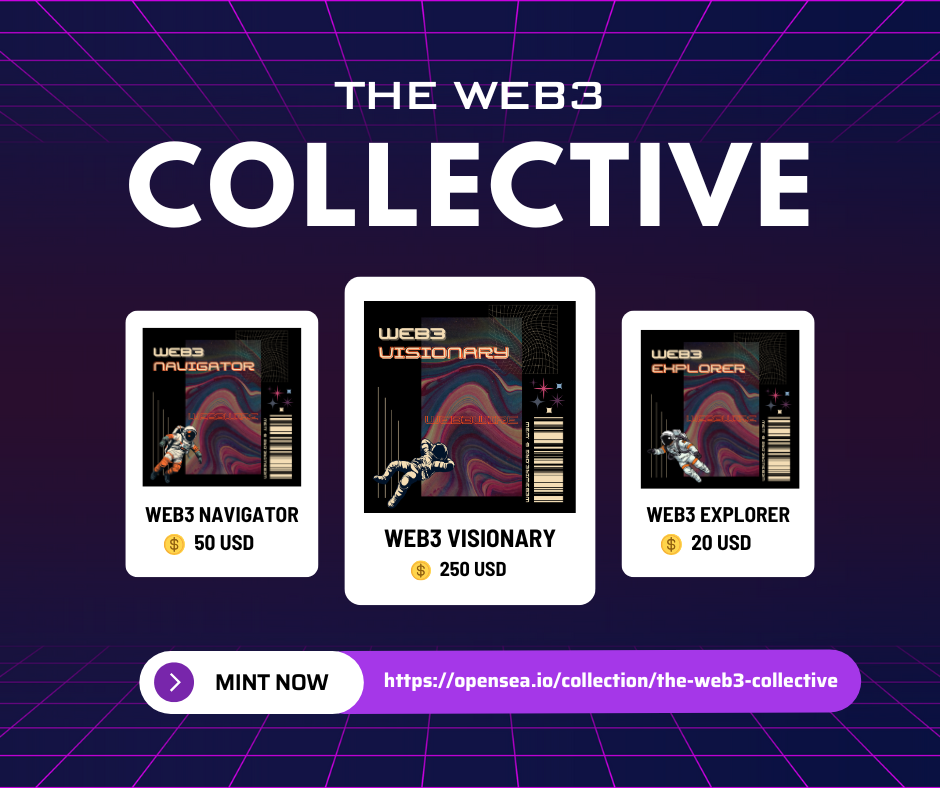The global Head-up Display (HUD) market is poised for an extraordinary surge, projected to reach an impressive USD 62.92 billion by 2034, a significant leap from its estimated USD 11.85 billion valuation in 2024. This remarkable expansion reflects a noteworthy Compound Annual Growth Rate (CAGR) of 18.2% over the forecast period, fundamentally driven by escalating awareness of passenger and vehicle safety across the automotive, military, and aviation sectors.
Head-up displays, transparent systems that project critical information directly into the user’s line of sight, have evolved from their initial development in military and aviation applications to become increasingly prevalent in commercial automobiles and various wearable technologies, significantly propelling the market forward. The industry’s growth is largely fueled by the decreasing costs of these products and their seamless integration with smartphone functionalities. By minimizing driver distraction, these devices inherently enhance vehicle safety. Furthermore, the ability to link HUD systems with innovative technologies such as global positioning systems (GPS), virtual reality (VR), and augmented reality (AR) is expected to further drive industry demand in the coming decade.
The automotive sector, in particular, is undergoing profound digitalization, with HUDs playing a pivotal role in this transformation, boosting demand across numerous applications. The surging sales of semi-autonomous and electric vehicles, coupled with the increasing adoption of voice commands for navigation and a global consumer preference for advanced products, are collectively accelerating the head-up display industry’s growth.
Thorough Market Evaluation: Full Report
https://www.futuremarketinsights.com/reports/head-up-display-market
Technological Integration and Sectoral Influence Drive Market Expansion
The head-up display market has demonstrated robust historical growth, achieving a CAGR of 16% from 2019 to 2023, and is projected to accelerate further with an 18.2% CAGR through 2034. While challenges such as limited cockpit space and the complexity of integrating various hardware devices have historically impeded market share, ongoing advancements in optics, display technologies, and production procedures are leading to more affordable HUD solutions. This affordability is expected to increase adoption across all car segments, driving global demand. The growing popularity of Advanced Driver Assistance Systems (ADAS), which often incorporate HUDs for convenience and safety, presents lucrative opportunities for market players to further advance ADAS and bolster HUD demand. Moreover, the integration of smart sensors with HUDs is enhancing driving experiences by providing real-time data, improving vehicle diagnostics, and delivering timely traffic updates, thereby expanding the market.
A key trend influencing the market is the integration of VR and AR technologies, which significantly drives up demand for head-up displays. These advanced systems enhance vehicle safety by making driving more comfortable and secure. AR-based HUDs, for instance, revolutionize road navigation by superimposing digital data directly onto real-world street views, displaying navigation arrows and reducing driver distraction. This rising popularity is particularly evident in emerging nations, where the market for advanced luxury cars is rapidly expanding.
The racing fandom also plays a unique role, propelling development in automotive head-up displays. The demand from racing enthusiasts for immersive experiences has prompted manufacturers to develop advanced HUDs that offer real-time data, enabling quick decision-making on the track. This influence extends to the consumer automotive market, incorporating advanced technologies and safety features. Simultaneously, the aviation sector is skyrocketing the demand for AR-based head-up displays. Driven by safety concerns and regulatory pressures, the aviation industry is embracing AR-based HUDs for flight training, enhancing pilot situational awareness and reducing cockpit workload during critical flight phases.
Display Panels Lead Component Demand, Regional Markets Flourish
In terms of components, display panels are a crucial element, broadcasting a significant 41.2% global market share in 2024. Their critical role in processing and projecting images onto the vehicle’s windshield ensures accurate, real-time information for the driver. Despite the rise of newer technologies, Cathode Ray Tubes (CRTs) continue to hold a 24.2% market share in 2024 within HUDs, favored for their reliability, longevity, and superior contrast ratios, making them ideal for specific niche applications in industries like aviation and defense.
Geographically, the market exhibits robust growth across key countries. Australia is projected to lead with a significant CAGR of 21.7% by 2034, driven by the increasing adoption of advanced technological systems in its automotive sector and investments in defense. China is expected to register an 18.7% CAGR, fueled by its booming manufacturing sector and the demand for wearable HUDs. The United States military forces are driving demand for conventional HUDs at a 15% CAGR, while German luxury automobiles are propelling demand at a 13.6% CAGR due to their focus on technological advancements. Japan’s marine advancements are also developing demand for HUDs at a 12.9% CAGR.
Competitive Landscape: Innovation and Collaboration Define Leadership
The head-up display market is characterized by intense competition, with leading companies heavily investing in research and development to enhance their products with advanced features such as augmented reality (AR) and artificial intelligence (AI). They are prioritizing the expansion of their product portfolios and diversification of their offerings to cater to the changing needs of their customers, focusing on connective technologies for a seamless user experience and real-time information display.
Key companies shaping this market include BAE Systems, Continental AG, Denso Corporation, Honeywell Aerospace, Microvision, Inc., Nippon Seiki Co., Ltd., Panasonic Automotive Systems, Pioneer Corporation, Robert Bosch, Rockwell Collins, Saab, Thales Group, Visteon Corporation, and Yazaki Corporation. These leaders are pursuing strategic mergers, acquisitions, and collaborations to gain a competitive edge, streamline development processes, optimize production workflows, and enhance their capabilities. Recent developments, such as Skoda’s introduction of the Kushaq Explorer with a HUD in February 2024, the FAA’s approval of the AerAware enhanced flight vision system for Boeing 737NG in December 2023, and Audi’s unveiling of the Q6 e-tron’s interior with advanced displays in September 2023, underscore the continuous innovation defining this dynamic market. The industry’s commitment to providing a seamless, high-quality user experience through cutting-edge technology is setting the standard for the head-up display market and driving its remarkable forward momentum.
Get Ahead with Our Report: Request Your Sample Now!
https://www.futuremarketinsights.com/reports/sample/rep-gb-101
Explore adjacent markets through our in-depth related reports.
Aerospace Head-Up Display Market
https://www.futuremarketinsights.com/reports/aerospace-head-up-display-market
Automotive Head-up Display Market
https://www.futuremarketinsights.com/reports/automotive-hud-market
North America Head-up Display Market
https://www.futuremarketinsights.com/reports/north-america-head-up-display-market
Future Market Insights Inc.
Christiana Corporate, 200 Continental Drive,
Suite 401, Newark, Delaware – 19713, USA
T: +1-845-579-5705
For Sales Enquiries: sales@futuremarketinsights.com
Website: https://www.futuremarketinsights.com
Future Market Insights, Inc. (ESOMAR certified, recipient of the Stevie Award, and a member of the Greater New York Chamber of Commerce) offers profound insights into the driving factors that are boosting demand in the market. FMI stands as the leading global provider of market intelligence, advisory services, consulting, and events for the Packaging, Food and Beverage, Consumer Technology, Healthcare, Industrial, and Chemicals markets. With a vast team of 400 analysts worldwide, FMI provides global, regional, and local expertise on diverse domains and industry trends across more than 110 countries.
This release was published on openPR.











